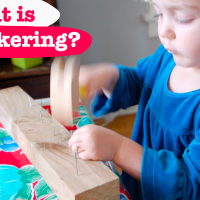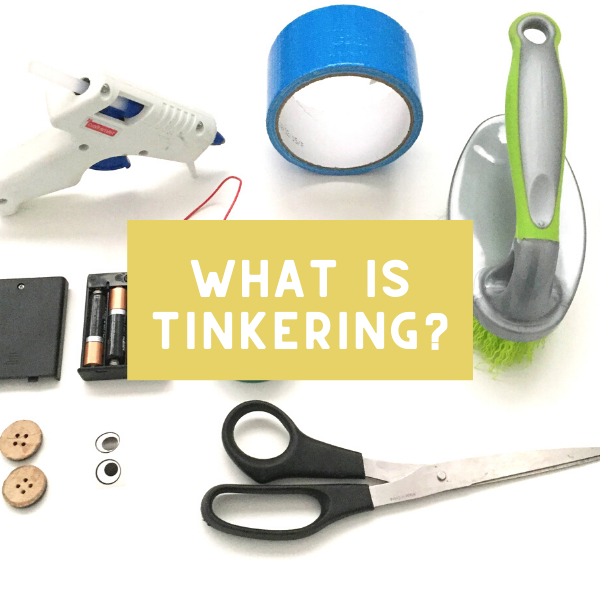
Tinker /ˈtiNGkər/ n. to make small changes to something in order to improve or repair it (MacMillan Dictionary)
You may have noticed this quaint little word that’s at the heart of my blog title, and today I’d like to talk a bit about tinkering. I have a fun tinkering challenge up my sleeve (come back for that next week!), so consider this my introduction!
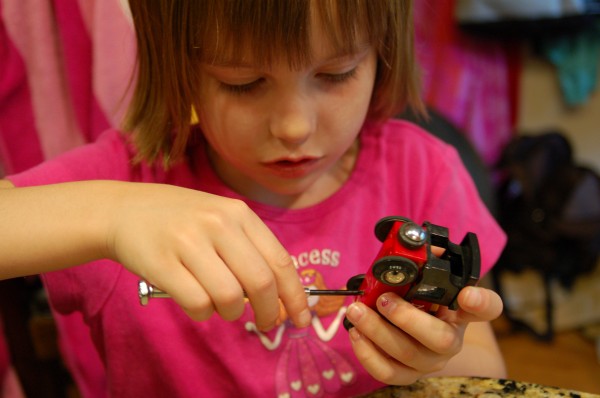
What is Tinkering?
The definition above suggests that it’s about improving something by making changes to it.
The Oxford Dictionaries says that to tinker is to “attempt to repair or improve something in a casual or desultory (unfocused) way.”
The Free Dictionary says that a tinkerer is “one who enjoys experimenting with and repairing machine parts.”
These are all helpful starting points, but hardly conclusive. The kind of tinkering that I’m advocating for is not the kind that’s unfocussed or lacking in purpose, although I can see how tinkering can appear unfocussed to someone who observes it in action. And it doesn’t have to be limited to machine parts and hammers, although it certainly finds a good home amongst these tools.
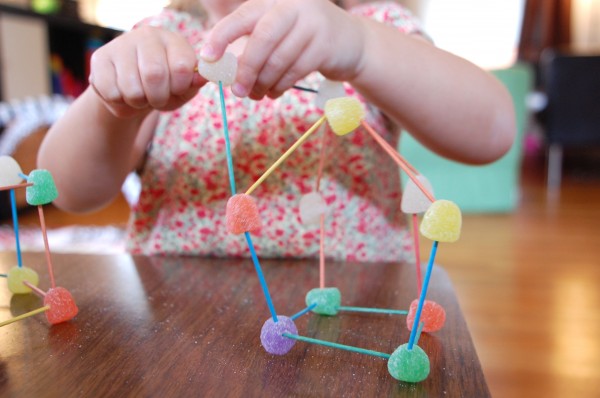
Nope, the tinkering I have in mind is full of focus and purpose, and succeeds at generating new ideas.
While we can easily imagine someone tinkering with a screw driver and an old toaster, let’s also consider how we could tinker with paint and brushes, paper cups and glue, an irrigation system, a 3-D printer, photo editing software (who’s spent hours editing a photo book or playing with Photoshop?), and ideas. This last one, ideas, is an extra fun one. Imagine a room full of creative thinkers with some sticky pads and Sharpies, and you get a clear picture of people tinkering with ways to make the world a better place.
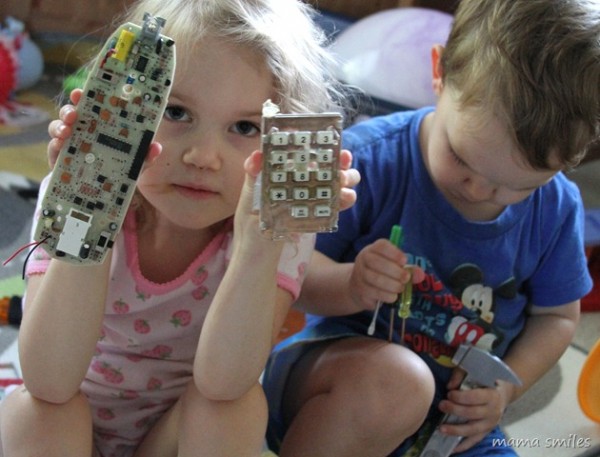
When I think about a tinkerer, I envision a more expansive definition that looks like this:
Tinkerer: one who experiments with materials and ideas to fully understand their capacities, and who further iterates on their learning to find better solutions to current problems.
Tinkering is about hands-on experiences, learning from failures, and unstructured time to explore and invent. And through the processes of exploration and invention lies the potential for innovation.
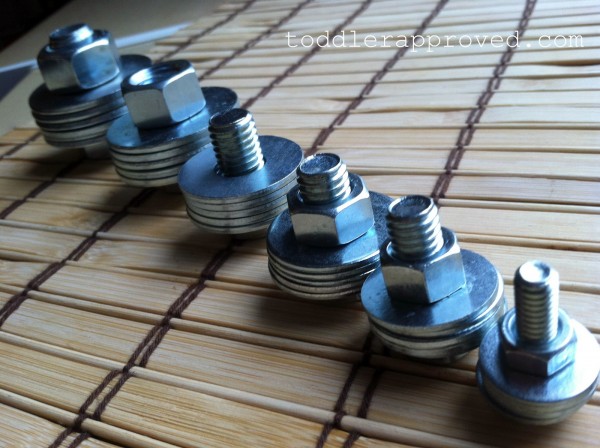
Now that we’ve covered the basics of tinkering, click here to read about why tinkering is important.
What does “tinkering” mean to you? Do you make time for tinkering?
Special thanks to Imagination Soup, Mama Smiles Blog, and Toddler Approved for sharing their tinkering images.

TINKERLAB®
TinkerLab is a creative studio dedicated to sparking curiosity and a love for art through hands-on making. Our mission is to inspire creativity and experimentation in makers and artists of all ages, transforming everyday moments into creative adventures.
USEFUL LINKS
GET IN TOUCH
10 WAYS TO INTRODUCE ART TO PRESCHOOLERS
An inspiring 10-point poster for your fridge, planning binder, or to share with colleagues or friends.
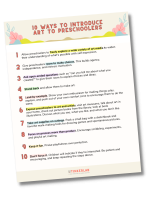
TinkerLab acknowledges the ancestral land of the Muwekma Ohlone Tribe, and pays respect to elders both past and present. This land was and continues to be of great importance to the Ohlone people, and we have a responsibility to acknowledge, honor and make visible the our relationship to Native peoples. Donate to the Association of Ramaytush Ohlone.

